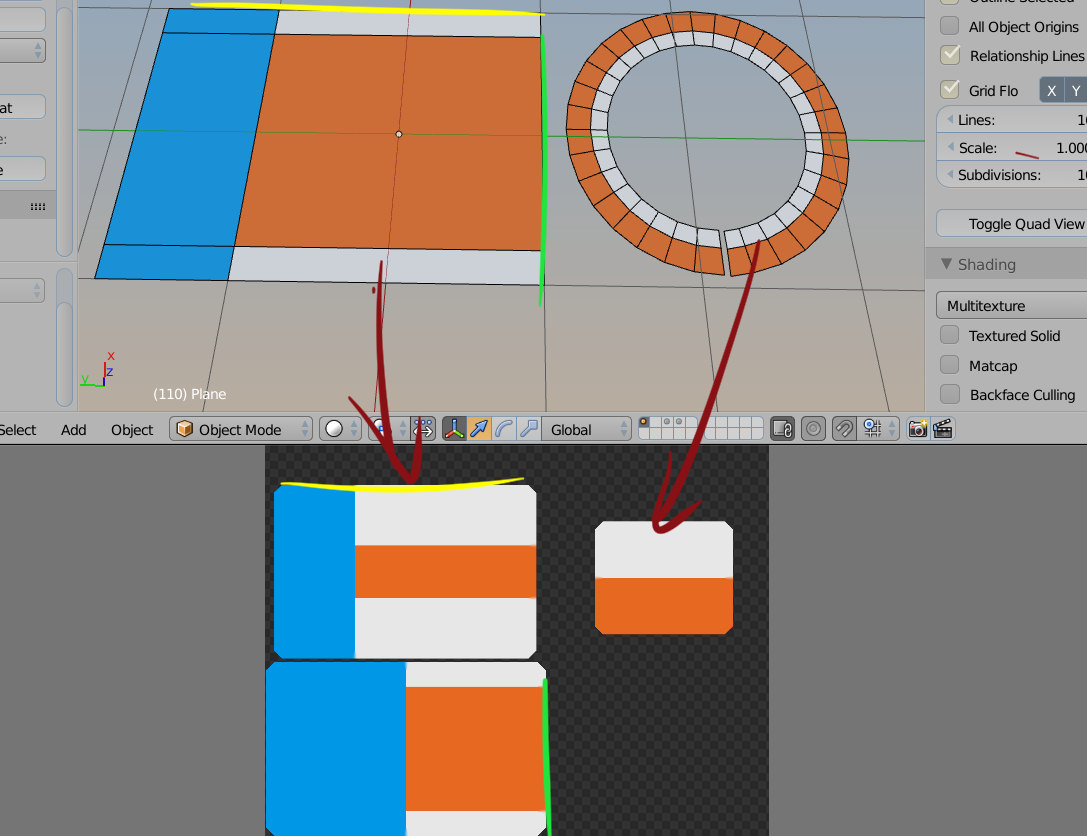ok,Here is the new version with new name UV-Tool.
uv_tool 1.6.1.zip (695 KB)
uv_tool 1.6.2.zip (733 KB)
How can i get this to work on mac?
I’m sorry for this
this addon only works in windows since it uses a dynamic library which was complied in windows.
and I haven’t use any other system yet.maybe this is the weakness of my version.
great  thanks for the update ^^
thanks for the update ^^
+1 your addon is more usefull 
And I think, those king of tool needs to be integrated in blender, it’s really great !
Any chance you could share the source for the C++ functions so we can compile for mac 
Copy that ![]()
great addon! Is it possible to translate all to python? so that we can get linux version too.
Not having any luck trying to install on 2.71.6 with Windows 8.1 64bit. Tried installing from the User Prefs and tried copying the uv_tool 1.6.2 directory into my scripts/addons but Blender is not seeing it and if I select it from Install From File, I’m still not seeing in the list of addons.
Edit: Figured it out, it was the numeric extension on the file directory name. Remove the 1.6.2 from the directory name and there it is!
hi
this is the source of the dll ,hope you can make it works in mac and share it.
uv_tool 1.6.2(source).zip (751 KB)
by the way it’s posible to translate all to python.the dll file is all about Algorithm some other plugins of mine are using that libray,if change it to python it’s not convenient to me and need a lot of work to do ,but I don’t mind if someone do that and share it.
Awesome addon. Any chances to make it work with rectangle geometry? I have problem with mesh below (left one). If I try to smooth it by top edge, vertical UV proportions match the mesh, but horizontal are even and do not match the mesh. Aligning with right edge fixes horizontal proportions, but now vertical ones are even so again no match.
Same problem with circle - proportions are way off. Thanks for your work!
Attachments
good suggestion,I will try to improve it in the next version,let both the vertical and horizontal UV proportions match the mesh when smoothing it.
hi, i wanted to try to compile your addons c++ library (or better entirely convert to python), but OMG… its all chinese in the sources… and google translate creates only gibberish out of it… so my question, could you please try to translate the sources to english (in both init.py and the c++ sources) ? Unfortunately i cannot read chinese… and as python is weakly typed, the variable names are even more important to understand the code.
ok I dicide convert It all to python, but I need some time to do that.
Great news! Rock it!
Thank you for the update! Great addition to the UV toolset.
If you do so could you send me a copy
Just out of interest: is there a reason why it is actually in C++? Is it because of performance? or do you want to keep the internal workings of the code secret?
otherwise I think we should port it to python and have it working on all platforms at once.
I just looked into the init.py file and was surprised by the amount of chinese characters. That might give some problem with porting. Although, Google translate does a quite nice attempt at translating python-code-with-chinese:
def LLLiΔΔΔ selected point arrangement ():
bpy.ops.object.mode_set (mode = 'OBJECT');
id = bpy.context.active_object.data;
if (not id.uv_layers.active):
return {'FINISHED'};
Lmuvl = id.uv_layers.active.data; # UVLoopLayers.MeshUVLoopLayer.LMeshUVLoop
L layer Di selected point Sok Sok point about this Li = []; L layer Di Li ring rope all selected points = []; Li all triangles group = [];
Di entire ring i group = {}; Di entire ring i point cable = {}; Di entire group LLi face cord _Li ring = {}; Di Li group set about this election = {};
L bedding LLi same group _i _i point position loop cable sequence = []; # [[[i ring, i ring], i group turn], [[i ring, i ring i, ring, i ring], i group turn]]
Li already looking face cord = []; Li center ring = [];
b closed = None; b fully closed = None;
global ii layers G; ii layers G = 0;
global i the center of the group G; i the center of the group G = None;
global b triangles G; b triangles G = False;
the reason why some part of it is in C code just because I like C code and I want to expreriment how C code can work together with python,and second reason is for the performance,even now it is a bit slow.
why the naming of variable look like that,they are meaningful to me,e.g if one dict is{“my”:[2,3],“you”:[3,4]} I will name It “DsLi” the D means dict the L means list the “s” means string the “i” means int. if one list is [[1,2],[3,4],[5,[6,7]]] I will name it “LLi_LLi” ,you can see the hierarchy and the type of one variable Directly via the variable name,inserting chinese to it even more meaningful to me ,all my variables are naming by this way,Although it looks very strange ,i变量 the type is int,f变量 the type is float .I am not a programmer ,I am more an artist ,but programming is fun to me ,so I don’t care how it look like.


